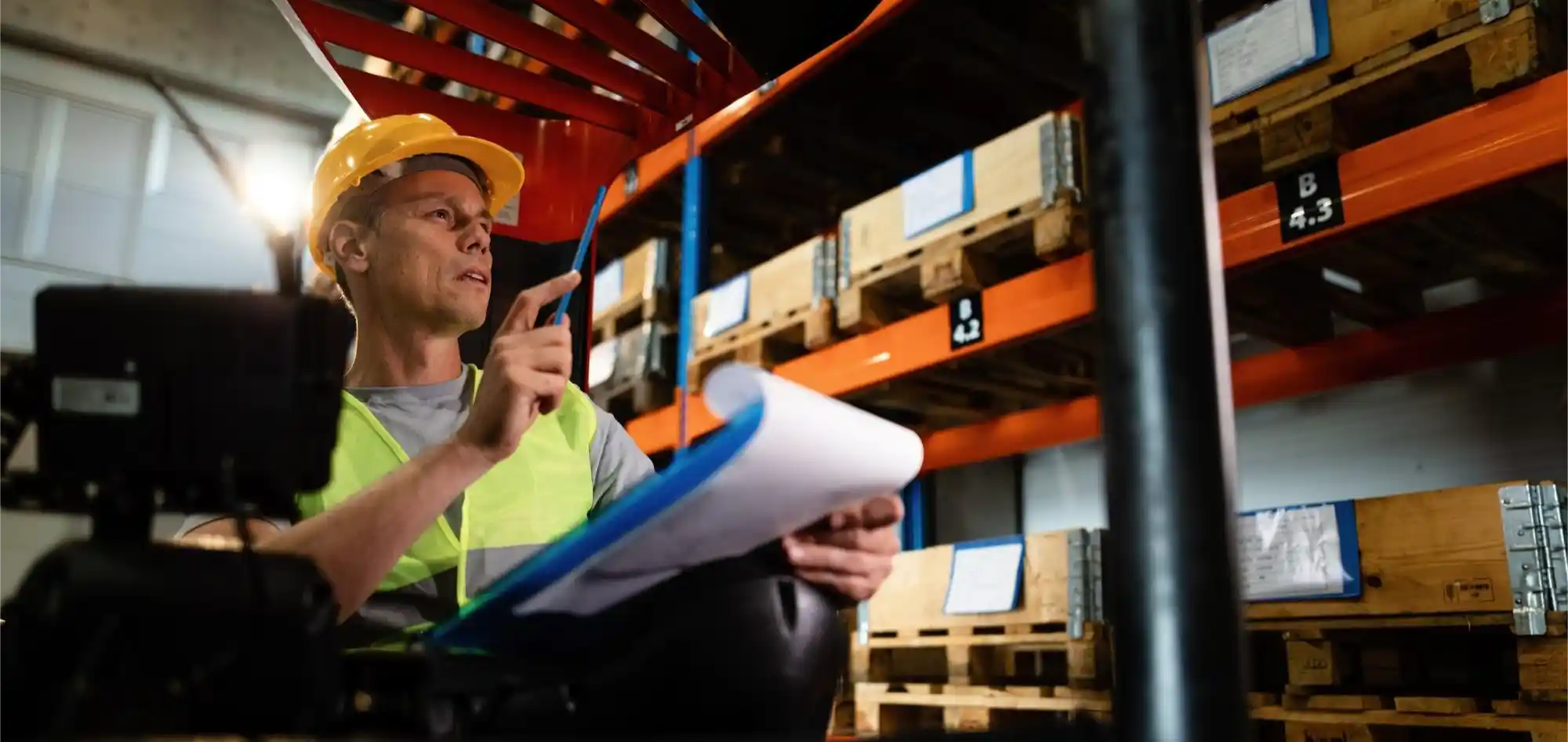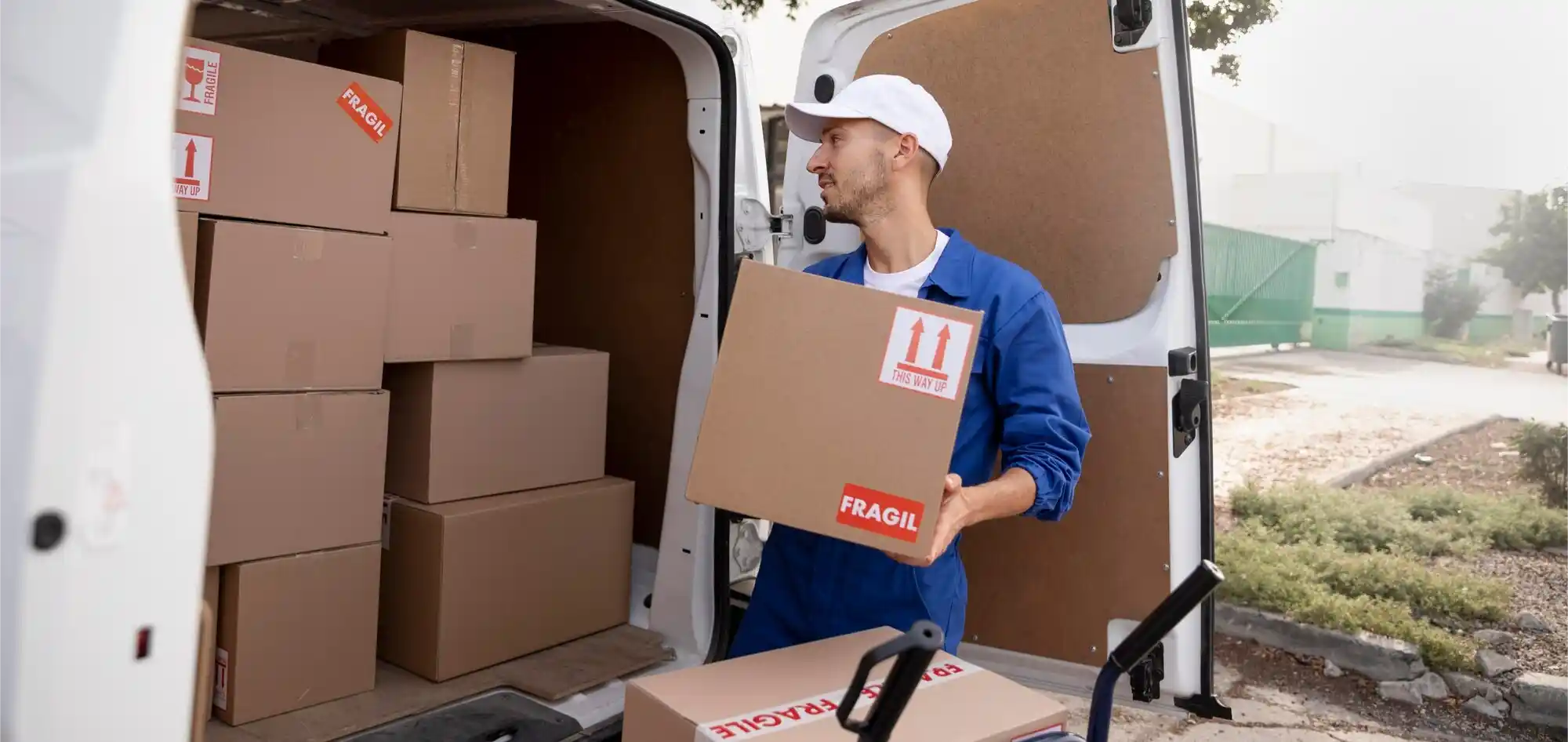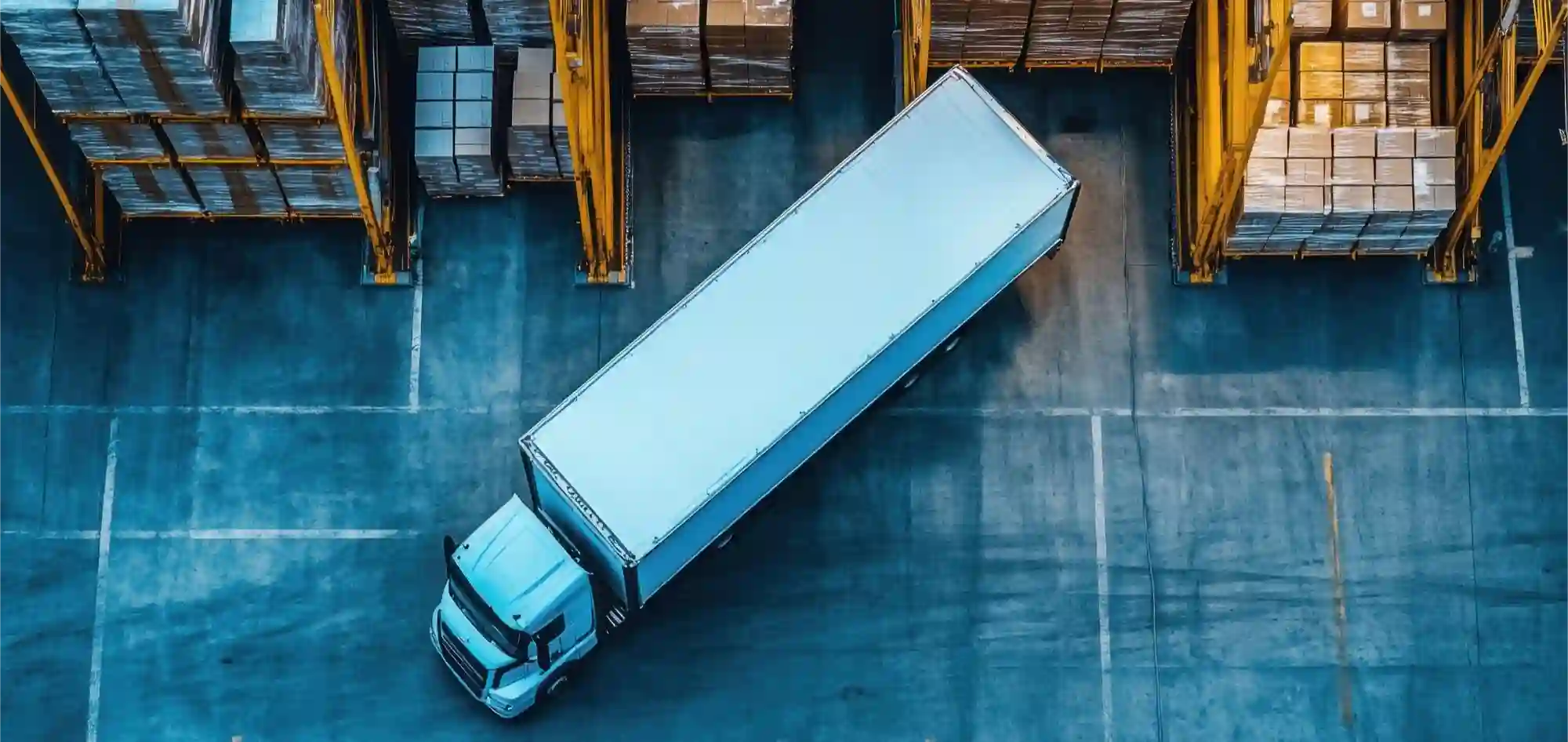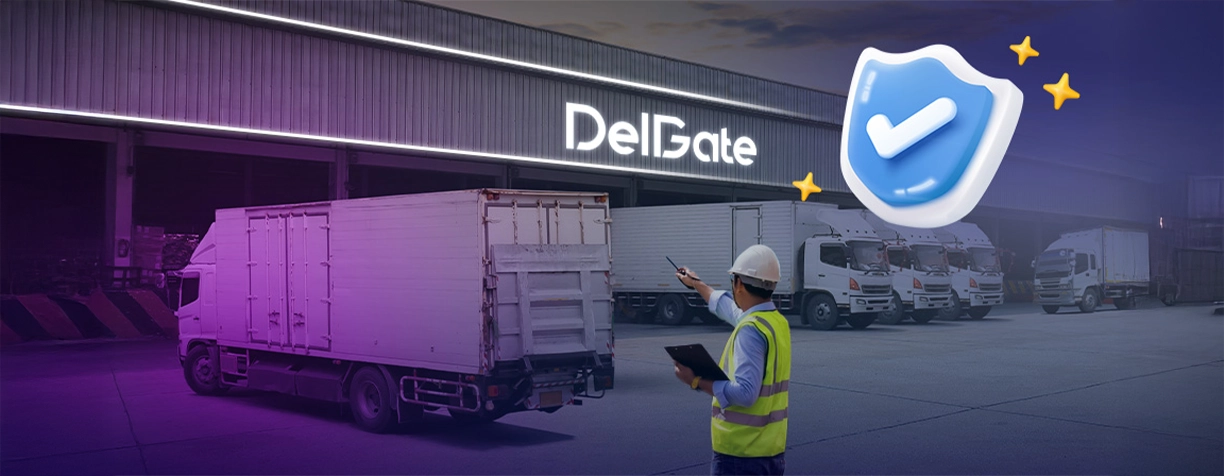The cross-docking process is a powerful logistics strategy that is transforming how businesses manage their supply chains. By enabling the swift transfer of goods from inbound to outbound transportation, typically bypassing traditional warehousing, companies can significantly enhance efficiency, reduce costs, and expedite delivery times. Understanding and implementing an effective cross-docking process is becoming increasingly crucial for businesses seeking a competitive edge in today’s fast-paced market.
Table of Contents
What Is Cross-Docking

What Is Cross-Docking? At its core, cross-docking is a logistics technique where products are received at a distribution center or terminal, and then immediately transferred, often with minimal or no storage, to another transportation vehicle, ready for outbound shipment. This process eliminates the need for lengthy storage periods, reducing the time goods spend in a warehouse. This technique is particularly beneficial for items with a short shelf life, high demand, or requiring rapid fulfillment, such as groceries or e-commerce products. The cross-docking process focuses on speed and efficiency, offering advantages over traditional warehousing.
The cross-docking process generally involves several key steps:
- Receiving: Goods arrive at the facility and are unloaded from inbound trucks, railcars, or shipping containers.
- Inspection and Sorting: Incoming shipments are inspected for quality and quantity, and then sorted based on their final destinations.
- Consolidation: Products are consolidated to create optimal outbound shipments, often combining items for multiple customers or destinations.
- Loading: Sorted and consolidated goods are loaded onto outbound trucks, railcars, or other transportation modes.
- Shipping: The outbound shipments are dispatched to their final destinations.
- Tracking: Real-time tracking of goods is crucial during the cross-docking operation.
Benefits of Cross-Docking
The Benefits of Cross-Docking are numerous and can significantly impact a company’s bottom line. The most notable benefits are:
- Reduced Costs: Eliminating or minimizing storage costs frees up cash flow. Reduced labor needs, and lower inventory holding costs lead to overall cost savings.
- Faster Order Fulfillment: By reducing warehousing time, cross-docking speeds up the order fulfillment process. This is especially helpful in the era of e-commerce, where customers expect fast delivery.
- Reduced Inventory Holding Costs: Less time spent in storage means lower inventory holding costs and a reduced risk of obsolescence.
- Improved Efficiency: Streamlined processes reduce the need for complex inventory management systems.
- Increased Customer Satisfaction: Faster delivery times lead to greater customer satisfaction and loyalty.
- Reduced Handling: Cross-docking often results in fewer instances of goods being handled, leading to less damage and waste.
Some companies that provide fulfillment services in Canada include:
- ShipStation
- Fulfillment by Amazon (FBA)
- Canada Post
- DelGate
- DHL
Cross-Docking in Canada
Cross-Docking in Canada offers unique advantages due to its vast geographical distances and the strong emphasis on efficient supply chains. Many businesses are using this method for imports and exports. For instance, a company importing goods into Canada can leverage cross-docking facilities to quickly distribute products across the country, thereby minimizing transit times and costs. Several logistics providers are experienced in Cross-Docking in Canada, including leading Canada 3PL companies that specialize in freight management and supply chain optimization.
Businesses utilizing Cross-Docking in Canada benefit from:
- Strategic Locations: Cross-docking facilities are strategically located near major ports and transportation hubs.
- Efficient Distribution: Optimized networks for distributing products to various regions.
- Reduced Transit Times: Faster delivery to both domestic and international destinations.
Cross-Docking in Vancouver
Cross-Docking in Vancouver is particularly advantageous due to Vancouver’s position as a major port city and gateway to Asia. The city offers excellent access to shipping routes and transportation infrastructure.
Cross-Docking Vancouver allows businesses to:
- Leverage Port Access: Take advantage of proximity to the Port of Vancouver, one of North America’s busiest ports.
- Reach Global Markets: Quickly move products to and from international markets.
- Optimize Supply Chains: Streamline operations to reduce lead times and costs.
Here is a table showing the benefits of cross docking in Vancouver:
|
Benefits |
Description |
|
Faster Shipping Times |
Products can reach Western Canada and other destinations quickly. |
|
Reduced Handling Costs |
Save up to 50% on handling costs by skipping warehouse storage. |
|
Improved Inventory Management |
Enables real-time tracking and reduced storage needs, improving accuracy. |
|
Port Proximity |
Easy Access to ships, and other forms of transportation. |
Cross-Docking in Toronto
Cross-Docking in Toronto is a vital component of Canada’s economic and trade activities. Toronto’s location and efficient infrastructure make it a major logistics hub. It is a great option for businesses that need to get their products to Eastern Canada quickly.
Cross-Docking in Toronto provides:
- Strategic Central Location: Ideal for reaching major Canadian markets and US states
- Excellent Transportation Network: Well-connected to highways, railways, and Pearson International Airport.
- Efficient Customs Clearance: Smooth import and export processes.
Cross-Docking in Montreal
Cross-Docking in Montreal serves as a vital hub for commerce and logistics for Quebec and the Maritime provinces. Proximity to the Port of Montreal facilitates trade routes. This allows businesses to get their products to Quebec and the Maritime provinces quickly.
Cross-Docking in Toronto vs. Vancouver
When choosing between Cross-Docking in Toronto and Vancouver, several factors should be considered. Cross-Docking Toronto is generally a better option for businesses serving the Eastern Canadian market and the Midwestern United States. Cross-Docking Vancouver is more suitable for companies that need to reach the West Coast of North America and access Asian markets. Both cities offer robust Cross-Docking services and choosing the right location will depend on a company’s specific logistical needs.
Cross-Docking Toronto benefits from proximity to many different industries. Whereas Cross-Docking Vancouver has the advantage of its location next to the sea.
For example, a company that needs to get its products to customers in Toronto quickly can use FTL Transport or trucking logistics services Canada to get its products to the city quickly.
Fastest Shipping in Canada

Fastest Shipping in Canada is often directly related to the implementation of efficient logistics strategies, including cross-docking. By minimizing storage time and optimizing the transfer of goods, businesses can significantly reduce shipping times.
Here is a table showing the fastest shipping times in Canada:
|
City |
Shipping Time (Average) |
Factors Impacting Speed |
|
Toronto |
1-2 days |
Proximity to distribution centers, transport hubs |
|
Vancouver |
1-2 days |
Port access, efficient cross-docking operations |
|
Montreal |
2-3 days |
Rail & trucking networks, customer density |
|
Calgary |
2-4 days |
Central Location, efficient transport |
Two-Day Shipping
Two-day shipping is a standard service level that customers expect, especially in e-commerce. Cross-docking plays a vital role in making this possible. By using this method, companies can meet customer expectations, increase sales, and maintain a competitive edge.
For instance, a company that uses port drayage and fulfillment services in Canada can get its products to customers in two days or less.
Shipping Containers in Toronto
Shipping Containers in Toronto are integral to the cross-docking operation and overall logistics operations. The reliable and cost-effective movement of goods is assured through efficient container handling.
Shipping Containers in Toronto are key to:
- Effective Transportation: Containers provide secure transport by truck, rail, and sea.
- Supply Chain Integration: Cross-docking processes can be optimized to align with container movements.
- Cost-Efficiency: Streamlines operations and reduces handling costs.
FTL Transport
FTL Transport or Full Truckload Transport is a crucial component of the cross-docking process. Utilizing FTL transport services to move goods efficiently from one dock to another, or even from the port drayage to the cross-docking facility, ensures that goods are transported with minimal delay and maximum efficiency.
Trucking Logistics Services in Canada

Trucking Logistics Services in Canada are essential to the success of the cross-docking process, acting as the backbone that connects the ports, distribution centers, and customers across the country. The efficient coordination of trucking logistics services ensures that goods are transported quickly and reliably.
Trucking logistics services allow for:
- Delivery Across Canada: Transport goods efficiently.
- Coordination: Ensures the smooth movement of products.
- Timeliness: Efficient routes that ensure on-time delivery.
Fulfillment Services Canada
Fulfillment Services Canada often incorporate cross-docking as part of their suite of offerings. Companies looking to outsource their logistics will often seek providers that can perform cross-docking, storage, and distribution.
By using fulfillment services in Canada, companies can:
- Improve Efficiency: streamline the logistics process.
- Scale Operations: to handle increased volumes and demands.
- Reduce Costs: by reducing the storage footprint and labor costs.
Conclusion
In conclusion, the cross-docking process has become an integral part of modern logistics, offering significant benefits in terms of cost reduction, speed, and efficiency. Businesses that embrace and optimize the cross-docking process can gain a competitive edge, improving customer satisfaction and strengthening their supply chains.
The cross-docking process involves receiving, sorting, and shipping products quickly and efficiently, and is especially helpful for businesses that need to get their products to market quickly.
The strategies and technological advances used in the cross-docking process provide businesses with a high level of control over their inventory. They can easily track items, manage shipments, and provide precise information on the location of their items.
FAQ
Q: What is cross-docking?
A: Cross-docking is a logistics strategy where goods are transferred from an inbound transportation vehicle to an outbound vehicle with minimal storage time.
Q: What are the benefits of cross-docking?
A: The benefits of cross-docking include reduced handling costs, improved inventory management, faster shipping times, and increased customer satisfaction.
Q: How can I implement a cross-docking process?
A: You can implement a cross-docking process by partnering with a logistics provider that offers cross-docking services and designing a layout optimized for quick transit.
Q: What are the key steps in the cross-docking process?
A: The key steps in the cross-docking process are receiving, sorting, consolidation, loading, and shipping.
Q: How does cross-docking impact inventory management?
A: Cross-docking reduces the need for extensive warehousing, which can lead to faster inventory turnover and better control.





